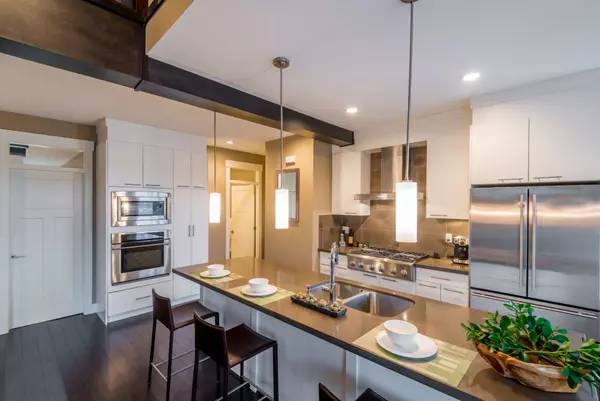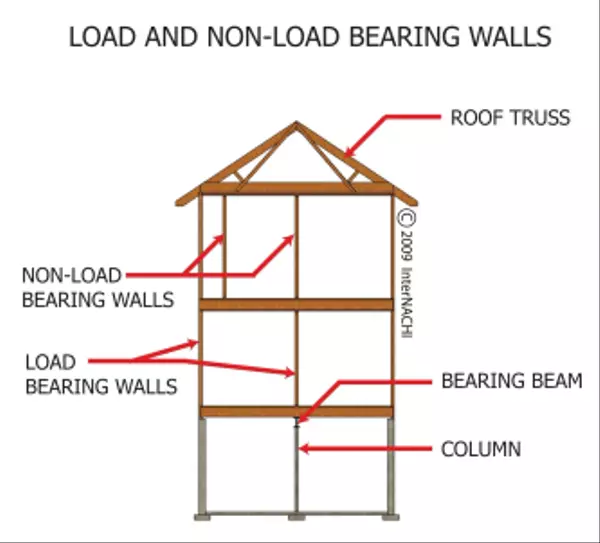The Difference Between a Fixture and a Chattel
Should a Seller Leave Chattels If They’re Not in the Offer to Purchase? The simple answer is no, a seller is not obligated to leave any chattels (like appliances, play structures, or furniture) unless they are specifically written into the Offer to Purchase. If a chattel isn’t listed in the Offer to
10 Key Dates in a Real Estate Transaction
What Every Buyer and Seller Should Know about the Real Estate Timeline When you’re buying or selling a home, timing is everything. From the first day a property hits the market to the moment keys are handed over, several milestones keep the transaction on track. Each date serves a unique purpose—hel
Removing a Wall in Your Home and Load Distribution
Understanding Wall Removal and What Every Homeowner Should Know Removing an interior wall can radically transform your space, but without proper planning, it can also jeopardize your home's structure. 1. Load-Bearing vs. Non-Load-Bearing Walls Load-bearing walls

Tara Zacharias
Phone:+1(204) 293-0933



